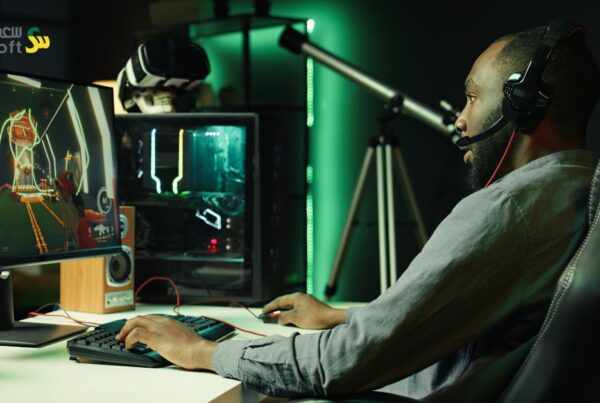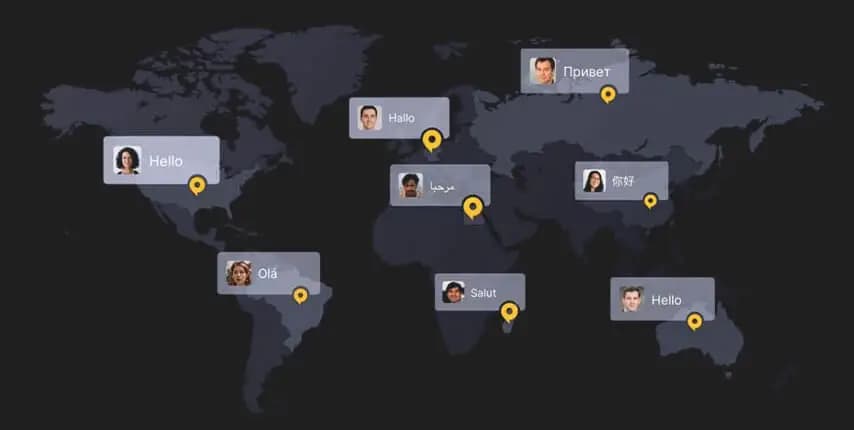Game Localization — Strategies & Best Practices for 2024
The Most Effective Strategy for Game Localization in 2024
Planning is as important as execution. Your localization strategy is the map guiding every step of the team. A strong plan should answer these five questions:
1. What Are Your Goals?
Define the target audience, languages, tools, and budget. Clear goals ensure team alignment, efficient resource allocation, and better ROI. They also lay the foundation for a long-term community and content strategy.
2. What is the Depth and Breadth of the Game Content?
Decide on localization scope, which content requires translation, and estimate word counts and costs. Factor in translation, licensing, and project management expenses before setting the budget.
3. Which Market Are You Targeting?
Research your target market’s requirements and analyze competitors. Identify strengths and weaknesses to tailor a winning localization plan. Keep monitoring changing market conditions and adapt quickly.
4. What is the Time Schedule?
Set realistic deadlines considering translators’ workload. Leverage CAT tools and translation memory to optimize efficiency and predict delivery dates accurately.
5. How Will You Execute the Plan?
Choose your tools and resources wisely — whether hiring in-house translators, partnering with LSPs, using TMS platforms, or incorporating MT/NMT technologies. Prioritize what drives success for your project.
Best Practices for Video Game Localization in 2024
These practices create immersive, culturally relevant experiences for global players:
- Adapt to Local Culture: Modify images, symbols, names, and dialogues to fit cultural norms. Ensure compliance with local laws. Example: S.O.S The Final Escape altered character hair color for US vs. Japanese releases to match local tastes.
- Provide Translators with Context: Share plot, character backgrounds, settings, and gameplay details to ensure accurate, meaningful translations.
- Use Native Languages: Go beyond English dominance. For example, Assassin’s Creed Mirage used classical Arabic to match the historical Baghdad setting.
- Avoid Hard-Coding: Store localizable content in external files for easy updates without touching game source code.
- Testing & Iteration: Continuously test localized versions and adjust based on player feedback and market trends.
Video Game Localization Growth Opportunities in 2024
From 2023 to 2030, the global game localization market is projected to grow rapidly, reaching billions in value. North America remains a leader due to advanced tech adoption, while Asia-Pacific, Europe, the Middle East, and Africa are expanding markets with significant potential.
Partner with Saudisoft
Since 1983, Saudisoft has localized games for diverse markets, combining cultural expertise, linguistic precision, and technical skills to ensure global success.









